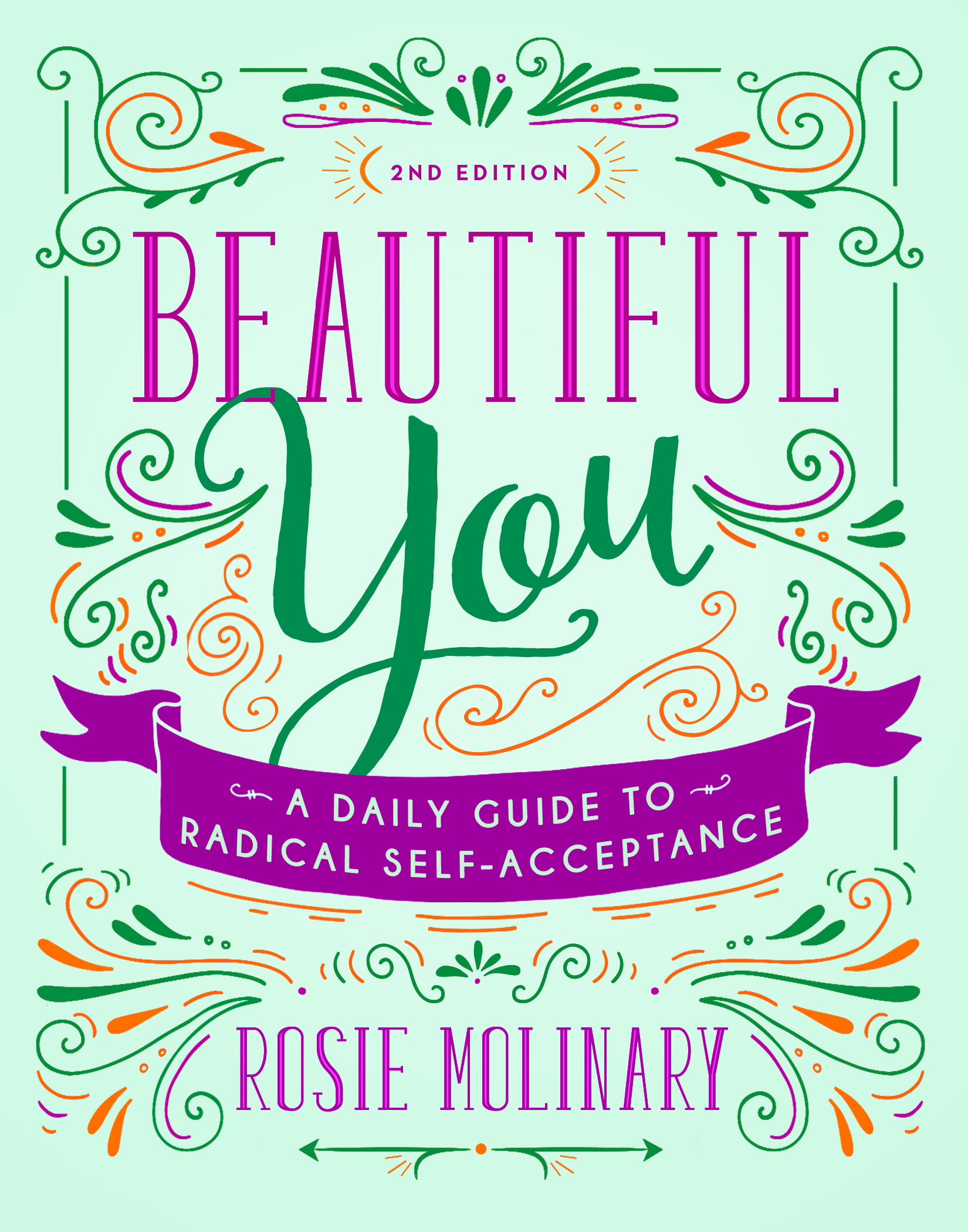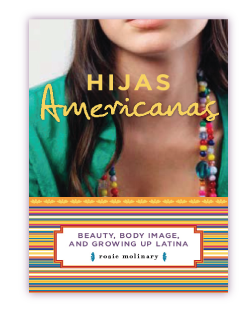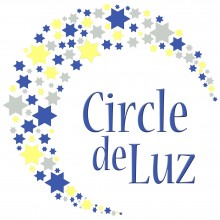When I started work on Hijas Americanas in early 2006, there wasn’t much talk of shaking up America’s beauty standard. I researched, interviewed wonderful, forthright women, and wrote while taking “study breaks” on the net—seeing bloggers and their commentators critique a perceived added pound on Kelly Clarkson or spend countless internet pages dissecting J.Lo’s darker hair color. But I was speaking each day to women who inspired me and reading web surveys of women who stole my heart. Far more Latinas came forward, offering their stories, than I could have ever imagined. I had provocative conversations over the phone, in person, and over e-mail. And the thing about these conversations that really got me was that while they were about speaking truth to the Latina experience, they were also about the universality of our experiences. This book that seems on its surface to be about Latinas may be based on Latinas, but it is also about so much more. It’s about the inside job we do on ourselves – all of us -and the outside job the world is willing to do on us, too, if we aren’t vigilant. It’s about how we all feel ‘the other’ in some way (and, yet, I think so many people will read this book and say ‘me too!’, realizing that the otherness we feel is sometimes not as widespread as we think). It’s about courage and perseverance, and it’s about how beauty, when we really question our own beliefs about it, has so much more depth and breadth to it than we ever really realized…that is, until we are forced to answer the questions “What do I find beautiful?” and “Why am I beautiful?” I finished the complete draft of the book as summer drew to a close and then something interesting happened. A movement seemed to begin that was turning beauty on its head. Ugly Betty hit the small screen, Dr. Callie Torres got the guy without being a size -0 (let’s forget for a moment how the Grey’s Anatomy season drew to a close with that storyline), and Tyra Banks challenged the notion that she was unattractive or fat at 160 pounds. Fitness Magazine diversified the images in their pages. Jennifer Hudson told us that “She wasn’t going,” and she didn’t, marching her way to the cover of Vogue. We are on the precipice of a beauty revolution, standing on the cusp of possibility—looking at the past vs. the potential. And here’s the question; here’s your question. Can you choose the revolution and be a part of revising the standard—the job we are doing on ourselves and others— of beauty in America? This isn’t a Latina issue. It is not the sole province of minority women, not even just a women’s revolution. This is an issue that affects all of us— of any age—as our sense of confidence and esteem dictates whether or not we reach our fullest potential. And if we reach our fullest potential, we teach your children better. We become better doctors. We are gracious service providers. We are lawmakers who seek the best for our constituencies. We make art that inspires. We are better life partners. We parent better. We donate our time, energy, and skills to our community. Because we do not operate in a vacuum, if we can feel better, be better, love better, we make the world a better place.
Hijas Americanas: Beauty, Body Image, and Growing Up Latina (Seal Press) launches June 1st. Pick up a copy at your local bookseller or on-line, and visit this blog regularly to follow the book’s journey, tell your story, & engage in the conversation of change. Tell those you think might be interested (and maybe those who it would challenge) about the book. Let’s push the envelope a little further, turn the volume a little higher. Before the media can change, we have to change, and from all the women (and men!) I spoke to along the way, it looks like we might just be atop a groundswell that will ultimately lead us to a sea of change. Love your body.


